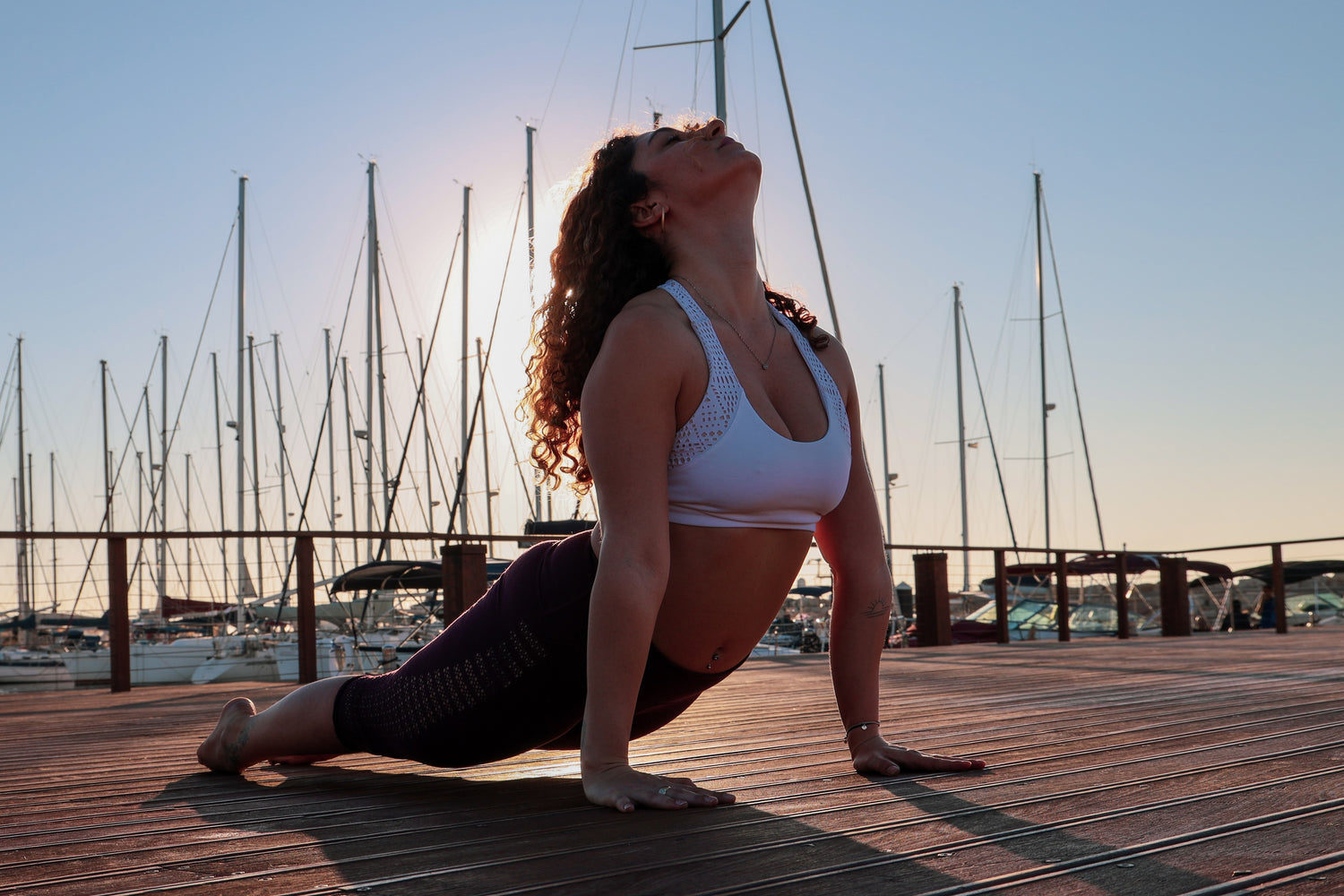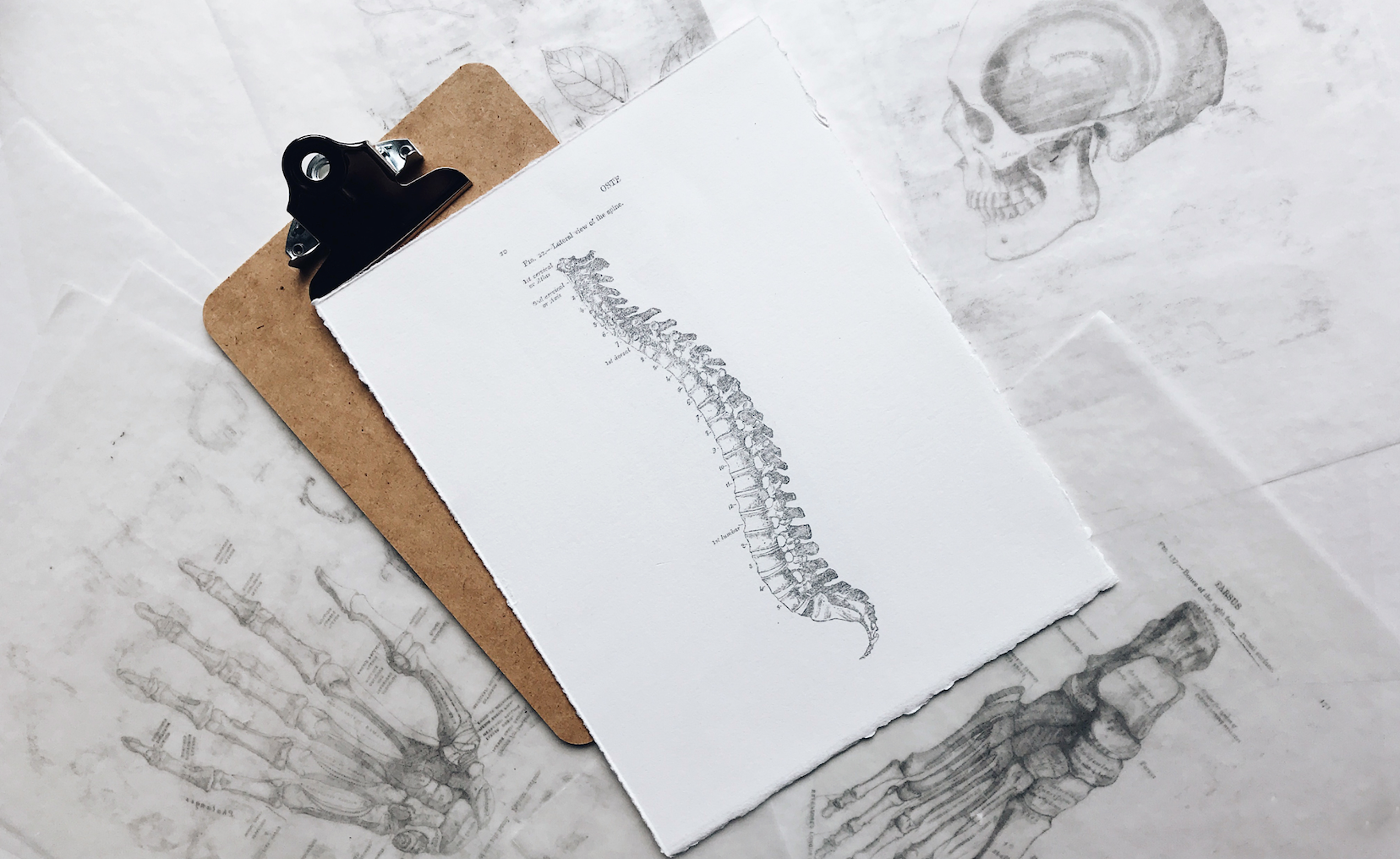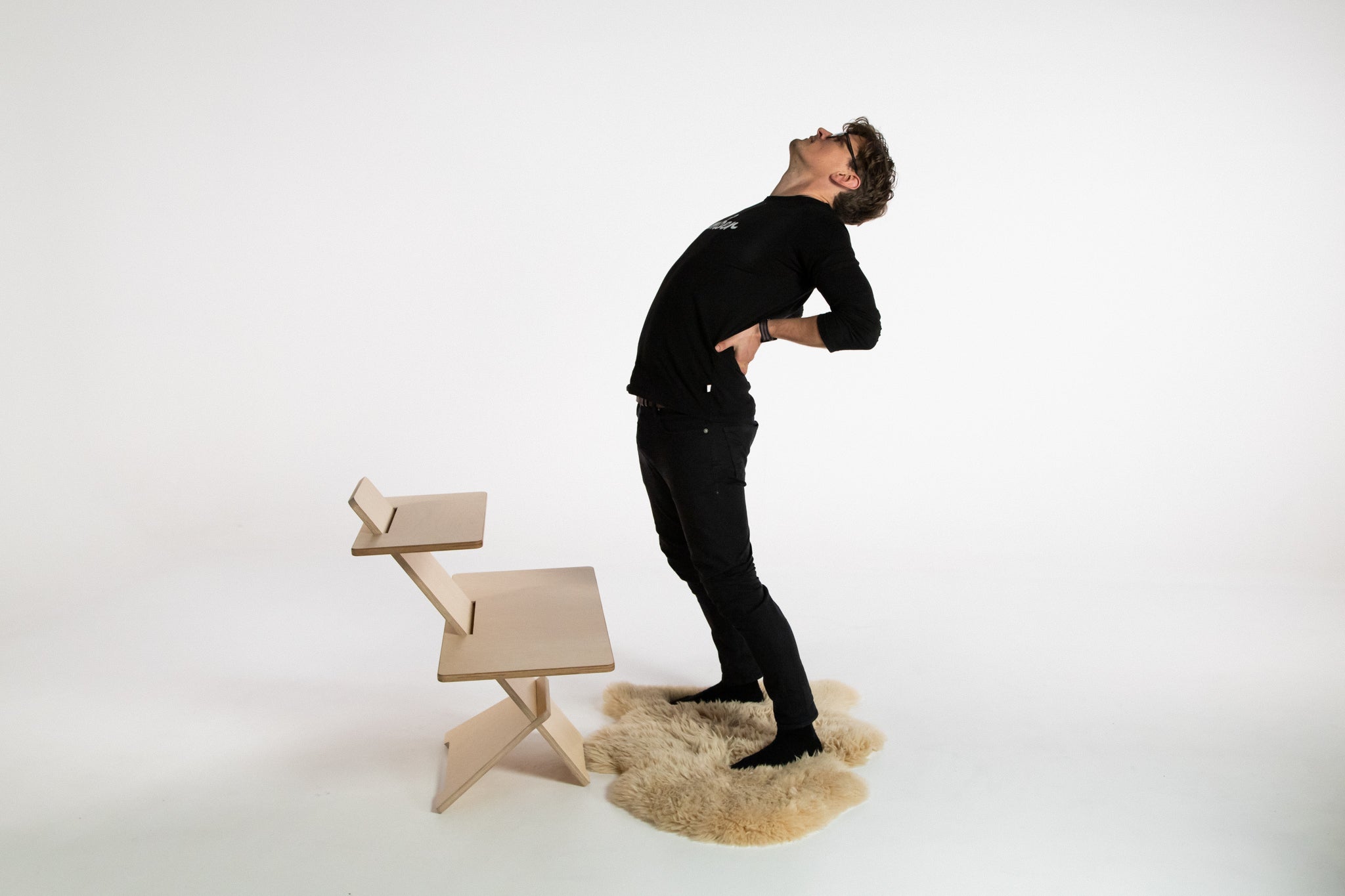If you could know in advance that there was one simple thing you could do that would dramatically reduce your chances of retiring early, taking time off work, or having to go to the doctor. Would you want to know?
Back pain is the number one cause of disability in the world, most common health reason for retiring early, and work productivity. With up to 8 out of 10 people experiencing low back pain in their lifetime and the majority having it recur, it is a huge challenge that most will encounter.
If you ask any medical expert or physical therapist they will tell you that back pain is complex and multifactorial; there is not one single cause or one single treatment. And they are right, all that is true.
But, there is one very simple movement that has been proven to greatly prevent back pain. To the point that in one study, no one in the group that completed this simple movement needed to go to the doctor or take time off work due to back pain in a whole year.
What is this magical movement? It is the mighty backbend and it feels great.
Research completed on army recruits and hospital health workers has proven that doing a backbend dramatically reduces the amount of back pain people experience. In some cases eliminating the need to take time off work due to low back pain, as well as eliminating the need to go to the doctor to seek treatment and increasing self management of back pain.
How to back bend

Bending backwards when you are not in pain is simple;
- Put your hands on your lower back with your feet shoulder width apart
- Take a deep breath in and as you breathe out bend backwards as far as you are comfortable*.
- Do once or repeat as much as you like*
*Keep your knees straight! Bending them is the only way you can cheat this movement.
** If it's making your back hurt or increasing pain, then stop.
When to backbend
Add 5x backbends to the start of a daily team meeting. Do one backbend when you get up from sitting or after bending to lift something. To learn more about the back bend take a look at this article which goes into more detail.
If you are suffering from back pain at the moment, take a look at our back pain relief center. You’ll find useful evidence based information to support your recovery and a link to find a back pain qualified clinician near you.
Subscribe to the Limber newsletter here for more helpful resources on low back pain, delivered monthly. Got questions? Leave a comment or say hi in the chat.
References
- Matsudaira, K., Hiroe, M., Kikkawa, M., Sawada, T., Suzuki, M., Isomura, T., Oka, H., Hiroe, K. and Hiroe, K. (2015). Can standing back extension exercise improve or prevent low back pain in Japanese care workers? The Journal of Manual & Manipulative Therapy, [online] 23(4), pp.205–209. doi:10.1179/2042618614Y.0000000100.
- Larsen, K., Weidick, F. and Leboeuf-Yde, C. (2002). Can Passive Prone Extensions of the Back Prevent Back Problems? Spine, 27(24), pp.2747–2752. doi:10.1097/00007632-200212150-00002.
- www.safetyandquality.gov.au. (n.d.). Low Back Pain Clinical Care Standard | Australian Commission on Safety and Quality in Health Care. [online] Available at: https://www.safetyandquality.gov.au/standards/clinical-care-standards/low-back-pain-clinical-care-standard.





Leave a comment
This site is protected by hCaptcha and the hCaptcha Privacy Policy and Terms of Service apply.